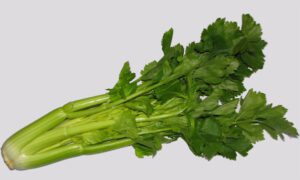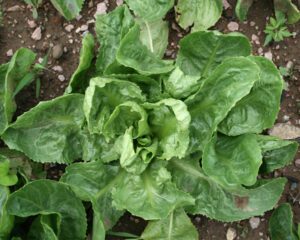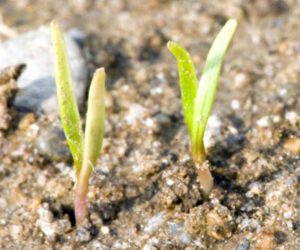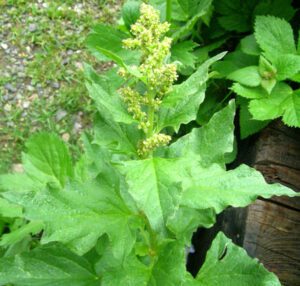Growing sweet bell peppers organically in home garden can be a great way for enjoying this excellent vegetable. Fully mature sweet bell peppers are the most nutritious and tastier too.
The sweet bell peppers are popular throughout the world and they are gown for many different purposes such as vegetable, medicinal, ornamental and host plant.
Sweet bell peppers (Capsicum annuum) is actually a species of the plant genus ‘Capsicum (peppers)’ and known my many other different names such as sweet peppers, peppers or simply as capsicum.
The plants are native to southern North America and northern South America. But today it is available almost everywhere around the world.
However, if you like this vegetable, then you should consider and try growing sweet bell peppers in home garden. It will take little space on your garden and it’s relatively easy to grow.
How to Grow Sweet Bell Peppers
Growing sweet bell peppers is relatively easy. You can easily utilize the available space in your home garden by growing this vegetable organically. Here we are describing everything about growing sweet bell peppers in home garden.
Choose a Variety
There are many different varieties of sweet bell peppers available. They vary in shape, color and sizes. Determine which color or shape you want to produce in your garden.
Lady Bell, Gypsy, Bell Boy and Lipstick are some green to red sweet bell pepper varieties. And the Golden California Wonder is a yellow sweet bell pepper variety.
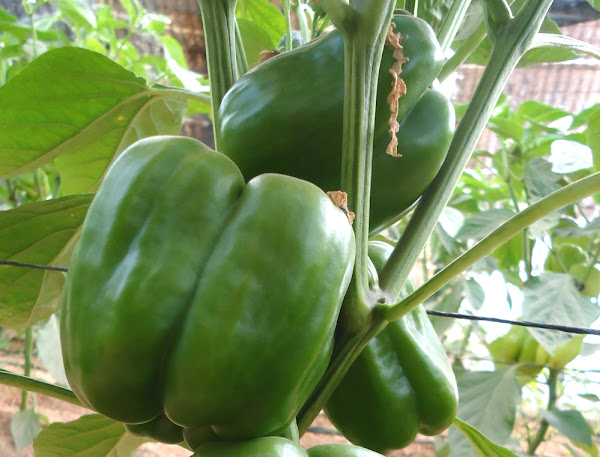
Choose the right variety depending on your own preferences. Common color varieties are green, orange, purple, red, white and yellow. You can consult with any organic home gardeners in your area for better recommendation.
Purchase Seeds
Sweet bell pepper seeds should easily be available in your area. Just visit any of your nearest seed stores and purchase seeds after choosing the right variety.
Best Time for Growing Sweet Bell Peppers
Sweet bell peppers are warm-season crop. Best time for growing sweet bell peppers include warm, moist soil in a temperature range of 21 to 29° C.
Preparing the Soil
Sweet bell peppers grow well in loamy soil with the availability of full sun. The soil should be well drained, so a raised bed will be good for growing sweet bell peppers. However, prepare the soil for growing sweet bell peppers by adding well-rotted aged manure or homemade compost.
Planting
The temperature must reach at least 21° C for seed germination. For growing sweet bell peppers in the northern areas with colder climates, start the seeds indoors 8-10 weeks before last spring frost date (if the soil is not warm enough).
Planting the seeds in a pot will be good. Plant 2-3 seeds in each pot, and thin out the weakest seedlings. When the seedlings are large enough and become transplants, transplant them to their prepared bed. Transplant the seedlings when the soil is warm enough, and 1.5 to 2 feet apart. And after transplanting, water the seedlings immediately.
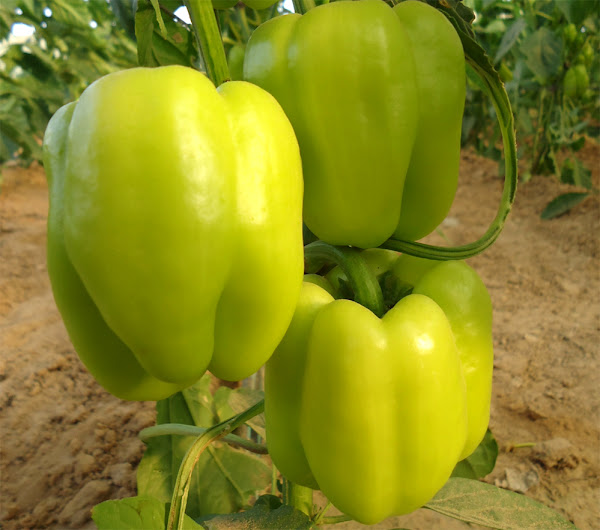
Caring
Additional caring is required for growing sweet bell peppers. Here we are describing about additional caring for the sweet bell pepper plants.
Feeding/Fertilizing
You will need to apply additional fertilizers for growing sweet bell peppers. Fertilize after the first fruit set. Again, you can use well-rotted manure or homemade compost for using as additional fertilizers.
Spray the plants with a solution of one tablespoon of Epsom salts in a gallon of water for getting larger fruits. Spray once when the plants begin to bloom, and then once again 10 days later.
Watering
As the sweet bell peppers are a warm-season crop, so they require constant watering throughout the growth and yielding period. Water the plants 1-2 inches per week. But if you live in the areas with warmer or desert climates, watering everyday may be necessary.
Mulching
Mulch around the plants heavily for retaining adequate moisture in the soil. As the sweet bell peppers require adequate moisture, so mulching is a must. Use organic materials for mulching the plants in your garden.
Controlling Weeds
Weeds consume nutrients from the soil and hinder the sweet bell pepper plant’s development. So weed carefully around the plants.
Making Supports
If necessary, make a support for the sweet bell pepper plants. You can support the plants with cages or stakes for preventing bending. Tomato cages can be good for this purpose.
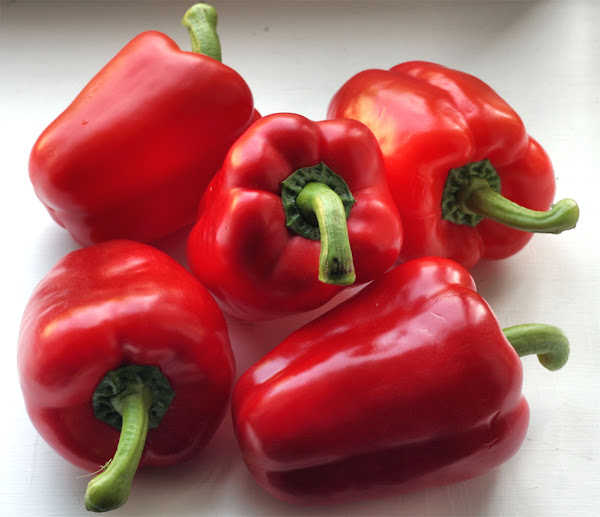
Pests and Diseases
Aphids, cucumber Mosaic virus, flea beetles and blossom-end rot are some common problems for growing sweet bell peppers. Apply homemade organic pesticides or insecticides for preventing these problems.
Harvesting
This part depends on your own preferences. You can start harvesting the sweet bell peppers when they reach your desired size, shape and color. But remember ‘the longer the sweet bell peppers stay on the plant, the more sweet taste they become and the greater their vitamin C content will be’. For harvesting sweet bell peppers from the plants, you can use a sharp knife or scissors.
These are the common ways for growing sweet bell peppers organically in home garden. Hope this guide has helped you! Good luck!
